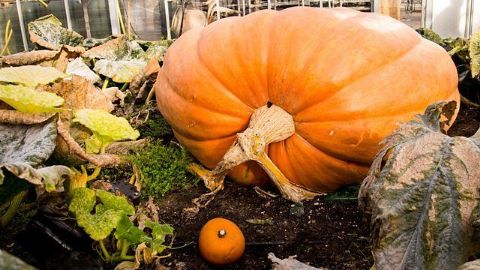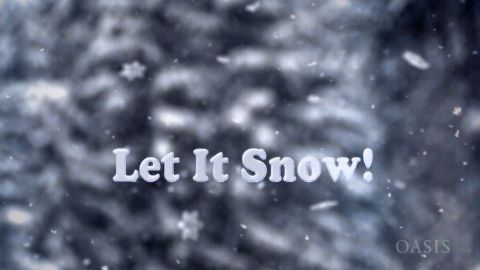Size Matters with Hannah Fry • 2018 • 2 episodes •
Hannah starts her journey by asking whether everything could be bigger, finding out what life would be like on a bigger planet. As the Earth grows to outlandish proportions, gravity is the biggest challenge, and lying down becomes the new standing up. Flying in a Typhoon fighter jet with RAF flight lieutenant Mark Long, the programme discovers how higher G-force affects the human body, and how people could adapt to a high G-force world. But by the time Earth gets to the size of Jupiter, it's all over, as the moon would impact the planet and end life as we know it. Next, Hannah tries to make living things bigger. The programme examines the gigantopithecus, the biggest ape to ever exist, creates a dog the size of a dinosaur and meets Sultan Kosen, the world's tallest man. Humans are then super-sized with the help of Professor Dean Falk to see what a human body would look like if we were 15m tall. The sun gets expanded, and Professor Volker Bromm looks back in time to find the largest stars that ever existed, before the sun explodes in perhaps the biggest explosion since the big bang.
2018 • Physics
Hannah is going the other way by asking whether everything could, in fact, be smaller. But going smaller turns out not to be much safer... First, we shrink the Earth to half its size - it starts well with lower gravity enabling us to do incredible acrobatics, but things gradually turn nasty as everyone gets altitude sickness - even at sea level. Then we visit Professor Daniel Lathrop's incredible laboratory, where he has built a model Earth that allows us to investigate the other effects of shrinking the planet to half size. The results aren't good - with a weaker magnetic field we would lose our atmosphere and eventually become a barren, lifeless rock like Mars. In our next thought experiment, we shrink people to find out what life is like if you are just 5mm tall. We find out why small creatures have superpowers that seem to defy the laws of physics, meet Jyoti Amge, the world's smallest woman, and with the help of Dr Diana Van Heemst and thousands of baseball players reveal why short people have longer lives. Lastly, the Sun gets as small as a sun can be. We visit the fusion reactor at the Joint European Torus to find out why stars have to be a minimum size or fusion won't happen. And if our Sun were that small? Plants would turn from green to black, and Earth would probably resemble a giant, frozen eyeball. Which all goes to show that size really does matter.
2018 • Physics






